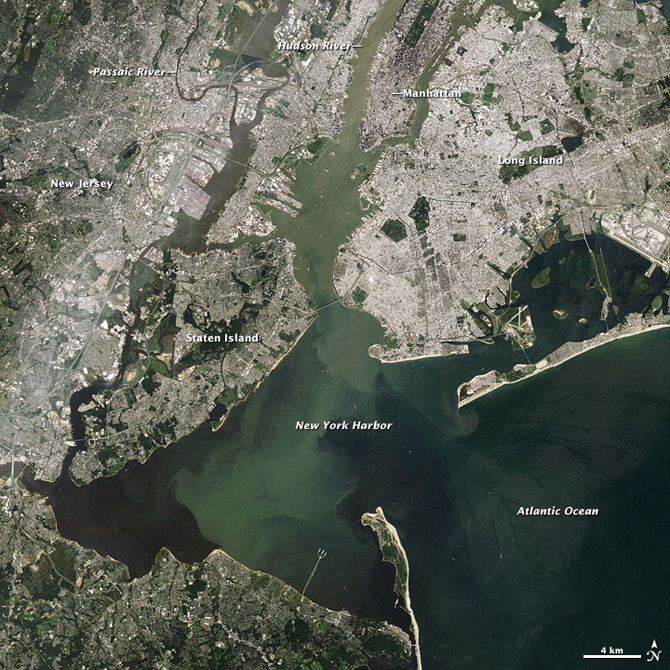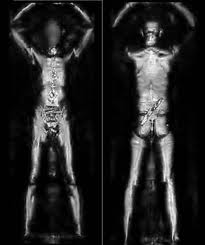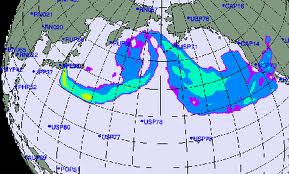In New York City, When it Rains it Pours Raw Sewage
 Monday, November 7, 2011 at 4:31PM
Monday, November 7, 2011 at 4:31PM  Gracie Mansion: Mayor Bloomberg's yard runs down to the East River Promenade where raw sewage is discharged during rainfall.On a sparkling Fall day in Manhattan a walk along the Upper East Side waterfront promenade that runs past Gracie Mansion--Mayor Bloomberg's official New York City residence--yields a stunning riverfront vista, bracing sea air and a sense that the city has made great strides in cleaning up and creating livable urban landscapes for city dwellers. But just steps from the Mayor's terrace overlooking a prime waterfront view even Walt Whitman could appreciate is a sign that tells a different story. Entitled "Wet Weather Discharge Point," the gist of it is: at that particular point (and at more than 460 other such locations on New York City's waterways) raw sewage is released into the East River (technically a tidal strait) during rainfall.
Gracie Mansion: Mayor Bloomberg's yard runs down to the East River Promenade where raw sewage is discharged during rainfall.On a sparkling Fall day in Manhattan a walk along the Upper East Side waterfront promenade that runs past Gracie Mansion--Mayor Bloomberg's official New York City residence--yields a stunning riverfront vista, bracing sea air and a sense that the city has made great strides in cleaning up and creating livable urban landscapes for city dwellers. But just steps from the Mayor's terrace overlooking a prime waterfront view even Walt Whitman could appreciate is a sign that tells a different story. Entitled "Wet Weather Discharge Point," the gist of it is: at that particular point (and at more than 460 other such locations on New York City's waterways) raw sewage is released into the East River (technically a tidal strait) during rainfall.
One would hope such deliberate and flagrant polluting by city authorities would be a rare event--used only for emergencies--but according to the Riverkeeper (New York's clean water advocacy group) as little as one twentieth of an inch of rain can trigger a release of toxic sludge on the magnitude of something you'd expect to find in the slums of Calcutta. New York City receives 45 inches of rain in an average year, though 2011 is a record breaking year (in just two months this past summer more than 30 inches of rain fell on the city.) That's a lot of raw sewage spewing into an urban waterway bordered by tens of thousands of residences--many of which, incidentally, sell for upwards of $3 million.The sign that tells it all: "This outfall may discharge rainfall mixed with untreated sewage."
The New York City Deparment of Environmental Protection (a misnomer if we've ever heard one) presides over the release of a staggering 27 billion gallons of raw sewage and polluted storm water into the environment each year. A steady drip of sludge that averages about once per week. According to the city, without such releases during rainstorms untreated sewage would back up and pour out of manholes--and possibly even toilets. This mingling of storm water runoff and human waste is the product of a century old sewage system that moves human effluvia on a scale far beyod proportions ever imagined by the systems' designers who were just starting to become familiar with a newfangled thing called the lightbulb.
A little digging reveals that Rainfall Discharge in New York City contains not just untreated sewage, although that's the predominant smell according to people who live near the discharge points; the effluent--known in the trade as Combined Sewage Overflows (CSOs)--is a mix of untreated human waste, ammonia, pesticides (such as malathion sprayed on the city to fight West Nile Virus), petroleum products (from sources such as gas stations, auto repair shops, and garages), and other potential toxins and pathogenic microorganisms associated with human disease. Fecal coliform, e-coli bacteria and an additional 40 types of disease-causing pathogens reside in the raw sewage that the city discharges. The toxic brew also contains debris that washes off the streets or is flushed down toilets including syringes, tampon applicators, and other plastic products. It just doesn't seem possible that in the 21st Century there is not a better system for disposing of hazardous waste than to dump it untreated and uncontained into natural waterways.
 In the wake of Hurricane Irene: A NASA satellite image showing murky brown sludge pouring out from New York City (top, center) and into the clear dark green depths of the Atlantic Ocean (bottom, right.)Thousands of people live within a couple of hundred yards of the East River Promenade release point; although the Mayor sleeps at his own townhouse closer to Central Park and nearly a mile's distance from the waterfront. Lucky for him, because residents report being able to smell the raw sewage inside their homes on rainy days. There are at least two schools in the vicinity, one directly on the waterfront, less than 6 blocks down river from the release point. We can take some comfort in knowing swimming is prohibited in the East River; however, the impact of inhaling micronized, airborne fecal and pathogenic particles during raw sewage releases is anyone's guess.
In the wake of Hurricane Irene: A NASA satellite image showing murky brown sludge pouring out from New York City (top, center) and into the clear dark green depths of the Atlantic Ocean (bottom, right.)Thousands of people live within a couple of hundred yards of the East River Promenade release point; although the Mayor sleeps at his own townhouse closer to Central Park and nearly a mile's distance from the waterfront. Lucky for him, because residents report being able to smell the raw sewage inside their homes on rainy days. There are at least two schools in the vicinity, one directly on the waterfront, less than 6 blocks down river from the release point. We can take some comfort in knowing swimming is prohibited in the East River; however, the impact of inhaling micronized, airborne fecal and pathogenic particles during raw sewage releases is anyone's guess.


